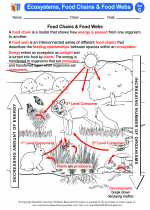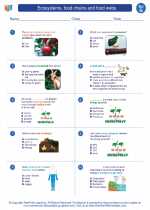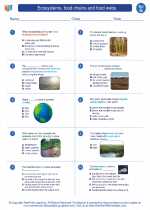Seasons
The Earth's axis is tilted relative to its orbit around the Sun. This tilt causes different parts of the Earth to receive varying amounts of sunlight throughout the year, leading to the changing of seasons.
Causes of Seasons
Seasons are caused by the tilt of the Earth's axis and its orbit around the Sun. When a particular hemisphere is tilted towards the Sun, it experiences summer, while the hemisphere tilted away from the Sun experiences winter. As the Earth orbits the Sun, the tilt causes the Sun's rays to strike different parts of the Earth at different angles, leading to variations in temperature and climate.
Types of Seasons
There are four main seasons: spring, summer, autumn (fall), and winter. These seasons are characterized by specific weather patterns, temperatures, and the length of daylight. Each season has its own unique features and impacts on the environment and living organisms.
Impact of Seasons
Seasons play a crucial role in shaping ecosystems, influencing plant growth, animal behavior, and agricultural activities. They also impact human activities, such as outdoor recreation, clothing choices, and energy consumption.
Study Guide
- What causes the Earth's seasons?
- Explain the relationship between the Earth's axis tilt and the changing of seasons.
- Describe the characteristics of each of the four main seasons.
- How do seasons impact the environment and living organisms?
- Discuss the significance of seasons in human activities and culture.
◂Science Worksheets and Study Guides Seventh Grade. Ecosystems, food chains and food webs

 Activity Lesson
Activity Lesson
 Worksheet/Answer key
Worksheet/Answer key
 Worksheet/Answer key
Worksheet/Answer key
 Worksheet/Answer key
Worksheet/Answer key
 Vocabulary/Answer key
Vocabulary/Answer key
 Vocabulary/Answer key
Vocabulary/Answer key
 Vocabulary/Answer key
Vocabulary/Answer key
 Vocabulary/Answer key
Vocabulary/Answer key
 Vocabulary/Answer key
Vocabulary/Answer key
